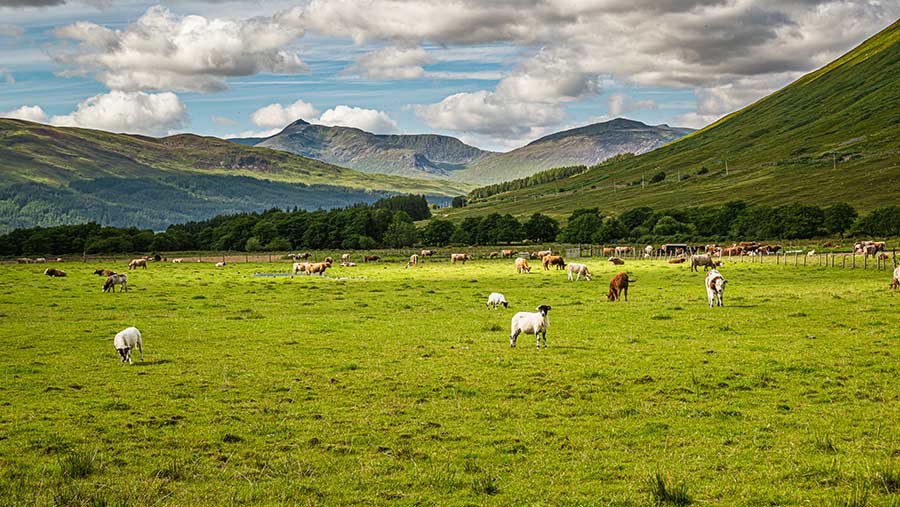Opinion: Scottish Land Reform Bill ‘sows antipathy and division’
 © Adobe Stock
© Adobe Stock When my husband’s family fought the government and local estate for land in the 1920s, they were fighting for survival.
Home from the Great War, they’d been promised land in recognition of their personal sacrifice.
Areas of Skye were being wasted under inefficient farming by sporting lairds and their friends.
So, having waited patiently for years only to be ignored, they took matters into their own hands.
Faced with the terrible distress of that decade, starving and frustrated, they raided an estate farm and planted crops. Uproar followed.
See also: Opinion – farmers deliver multi-layered benefits
It was a seminal moment in Scotland’s land reform history. One hundred years later, the Scottish government has just published a new Land Reform Bill, the third in recent years.
It’s a big framework bill, meaning there’ll be secondary legislation further down the line.
With parts covering agricultural tenancies, smallholdings and a new type of land lease, there isn’t room to explore everything in this wee column.
But its main aim is fundamental reform of land ownership.
It’s a mixed picture. The mandatory requirement for landowners of over 3,000ha to publish a management plan that aligns with the government’s Land Rights and Responsibilities Statement is OK.
As a consultant, I’ve drafted voluntary plans for Highland estates and it was a useful process.
But as we’ve now come to expect from anything the toxic Bute House Agreement – the SNP’s deal with the Greens – touches, other parts of the bill are deranged.
For land sale proposals, a large-scale landholding is proposed as 1,000ha. That’ll capture many family farms, and the last thing they need at this vulnerable time is more bureaucracy.
At this threshold, government consent will be needed to sell, through a “public interest test” that gives community bodies first dibs, and may require forced lotting by the state.
Also included is enforced community engagement, with a new commissioner to whom communities report to, and who can then investigate and fine you.
This is worrying, given rumours that activists are already making spurious allegations against landowners in an effort to bully them into submitting to unreasonable demands.
I’ve worked with progressive landowners who’ve delivered positive change voluntarily, keen to challenge outdated stereotypes. Now, we feel that we’re damned whatever we do.
And in truth, we are, because as a land reform activist once said: “Nothing you ever do will be right, because you’re not the community”.
Here is another clash between rationality and ideology. This activist ignored what should have been an obvious fact – living, working, shopping, recreating on the land in question, I was a member of the local community.
So were all my staff, contractors and others that kept our local economy viable.
Pointing this out, I was met with silence.
I come from a family that was in estate service. As a past tenant of estate cottages, I have landlord horror stories of my own.
And I married into a land reform crofting family. So, I have more reason than most to support the new bill.
But what motivated the Skye raiders a century ago was indigenous community survival, self-sufficiency and improvement.
In contrast, parts of this bill reek of entitlement and retribution. It lacks common sense.
Good landowners are struggling in a climate of agitation facilitated by our government.
The Skye raiders sowed potatoes and oats. The Scottish government sows antipathy and division.

